Who is more advanced, Arabica or Robusta? The difference between Arabica Coffee and Robusta
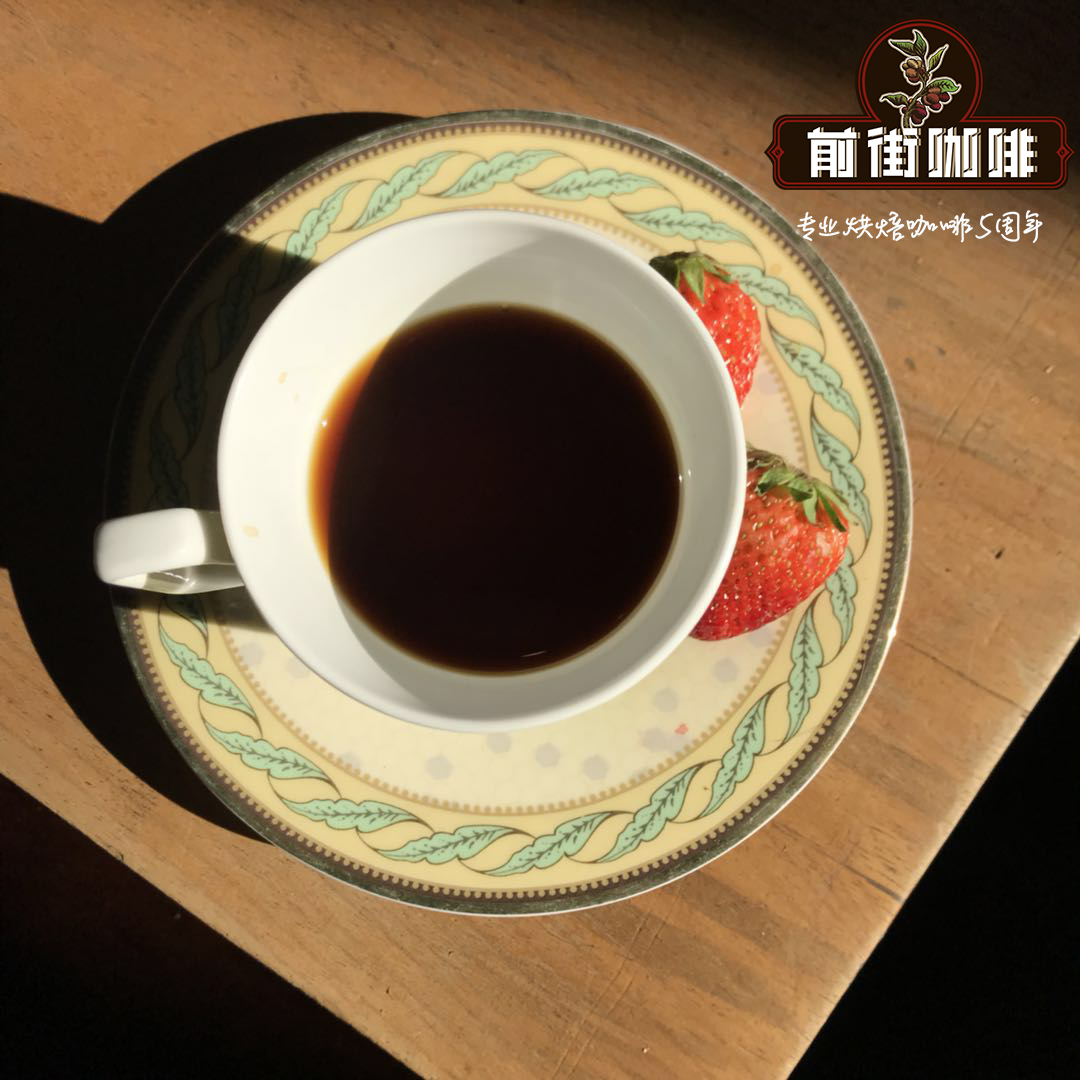
Professional coffee knowledge exchange More coffee bean information Please pay attention to coffee workshop (Weixin Official Accounts cafe_style)
Front Street Coffee Guatemala Coffee| Porsapacamara| Rose Summer 2018--Panama Emerald Estate Red Label Sunburn| blue label wash| Green label insolation
I believe many friends have seen a news: Arabica is on the verge of extinction. Because of the weather, wild arabica will be extinct in the wild by 2080, meaning there will be no good coffee to drink by then.
So the question is, why Arabica and not Robusta? Arabica is more delicious, and 70% of Arabica coffee circulated as a commodity worldwide should be a more advanced and excellent variety, and the cultivation range should be wider. Why is it facing extinction first?
And that brings us to the biological analysis of Arabica and Robusta, which is what we're talking about today--who's the higher?

First, let's look at the growth conditions of these two people.
Although Arabica and Robusta both grow in the coffee belt: between 45° north and south latitude, we often say that Arabica is planted at an altitude of more than 800 meters, Arabica has high requirements for planting conditions and weak resistance to pests and diseases. Robusta is planted below 800 meters above sea level, and has strong adaptability and strong resistance to diseases and insect pests.
Two problems arise here: resistance to pests, and adaptability to the environment.

Resistance to pests and diseases
What is pest resistance? Simply put, it was the ability not to be eaten out! Think about it. If you were a coffee leaf rust fungus, or a coffee bean-eating bug, would you prefer warm, wet or cold, dry? Of course it was the former! In contrast, if I were a coffee tree growing in a warm, humid environment, to reproduce sustainably, I would have to evolve abilities to resist disease and pests, and one of those abilities is caffeine. Caffeine is the most commonly used psychoactive drug in the world for humans and a natural insecticide for nature that paralyzes insects that eat caffeine-containing plants.
That explains why Robusta has several times more caffeine than Arabica. Natural selection for survival of the fittest is at the heart of Darwin's Origin of Species.
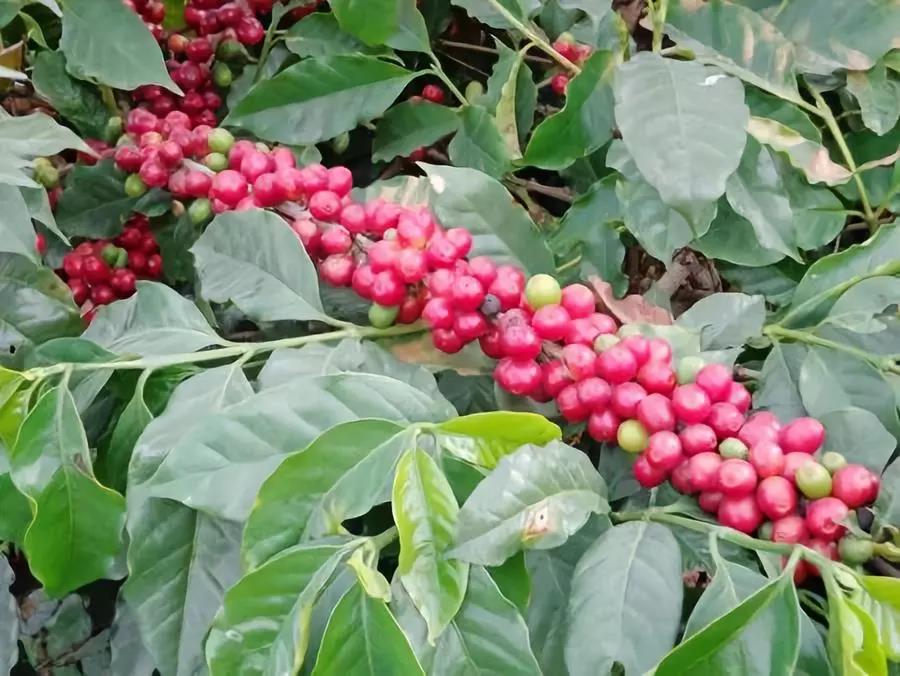
adaptability to environment
Regarding adaptation to the environment, the previous one is an adaptation to external damage, while other adaptations include the ability to survive when temperature and humidity are fused (mainly temperature changes), drought and flood disasters, wind disasters, etc. We continue to talk ~
Altitude, this is the watershed of Adou and Lodou growing areas. Of course, the lower the altitude, the higher the temperature. So is there more high altitude areas or low altitude areas in our world coffee belt at present? And what are the factors behind the prediction that arabica will perform its ultimate skill in 2080 that the article began with? It's temperature. For species, only by adapting to the growth environment can they reproduce. From this aspect, Robusta is more suitable for survival.
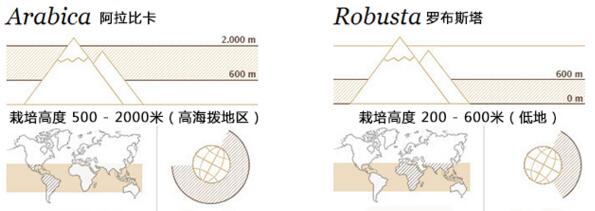
When it comes to adaptability to environmental fusion and other disasters, we have to start from a genetic perspective. We probably know that arabica has 44 chromosomes and robusta 22; arabica is self-pollinated and robusta is cross-pollinated.
The more chromosomes there are, the more complex the genes are, maybe more advanced, but our focus is on pollination, which is inheritance.
Usually, cross-pollination produces a higher-quality plant-the offspring of both parents have genetic traits that are likely to produce new traits that help them survive in a changing environment. In fact Arabica, especially the old American Arabica coffee, is quite fragile, dating back to its original origin. The first coffee tree to take root in the Americas came from the Netherlands, and due to the characteristics of Arabica self-pollination, the gene will become more and more single in the process of continuous reproduction (no foreign gene participation), so if certain diseases or disasters occur, coffee with the same gene may be destroyed! So now scientists are looking for ways to crossbreed arabica to boost genetic diversity, or go back to ethiopia, where coffee originated, to find a solution to the natural coffee gene pool.
Kaduai and Katim are two obvious examples.
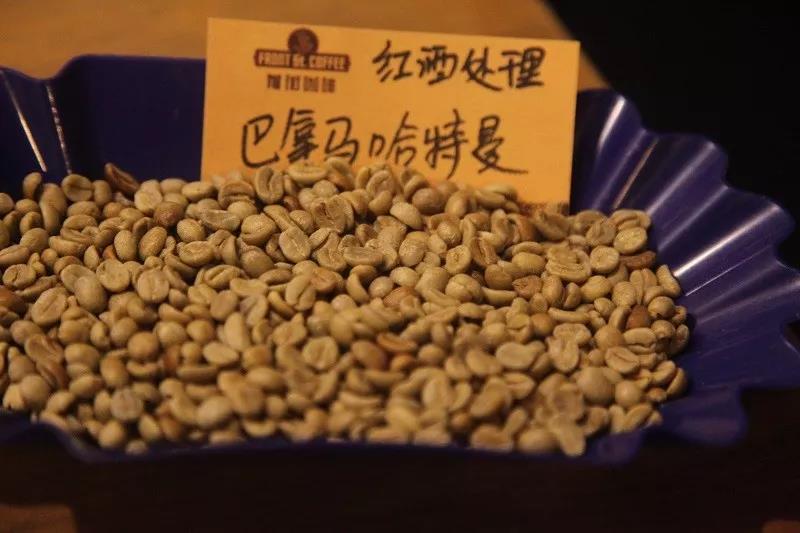
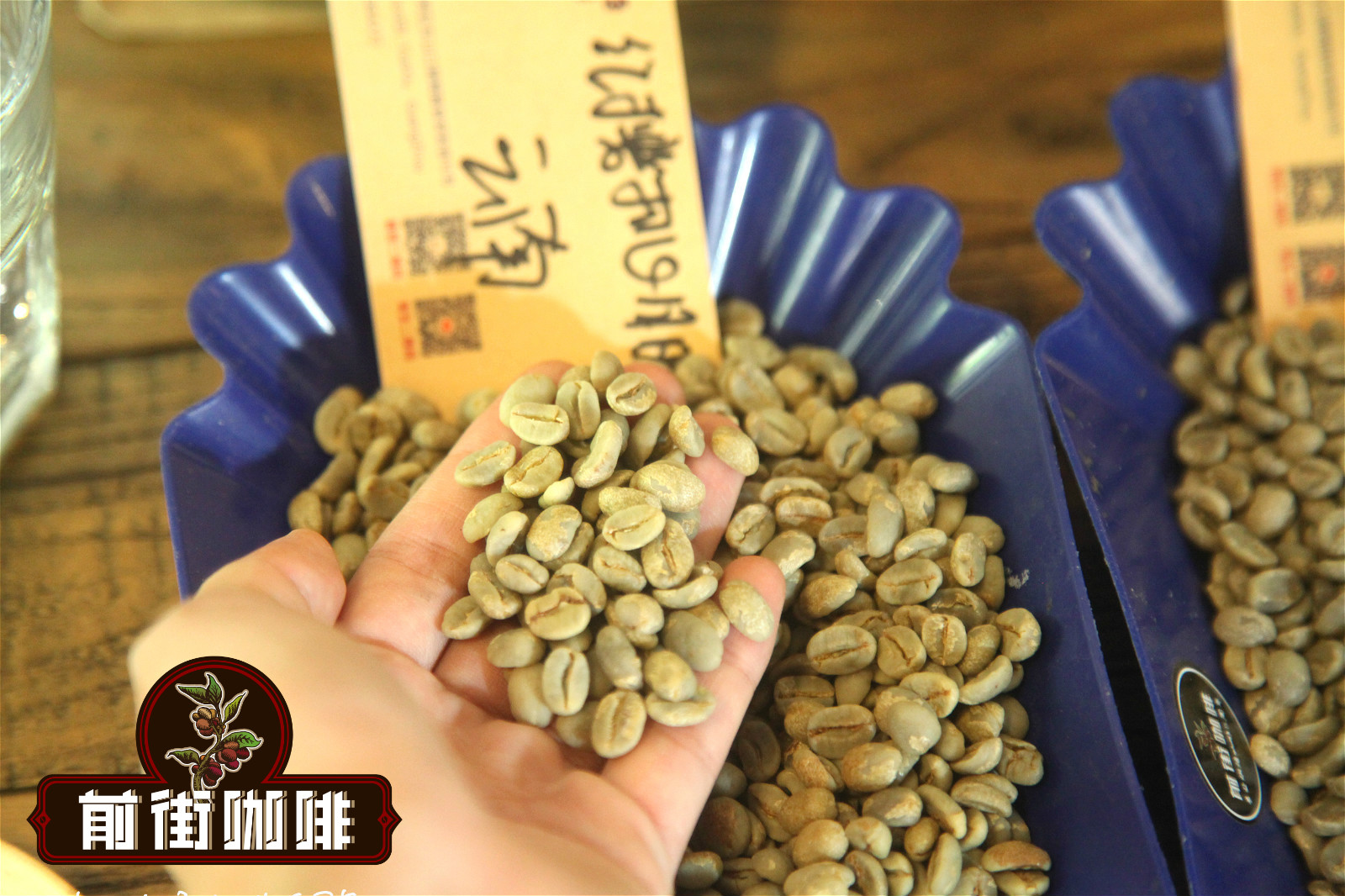
Kaduai is a hybrid of the New World and Kadura (intraspecific hybrid). It inherits the advantages of Kadura's low trunk and changes the shortcomings of the New World. It also makes up for the weakness of Arabica fruit. The result is solid and not easy to fall in case of strong wind.
Katim is a hybrid of Kadura and Timor (interspecific cross). It has high yield and good disease resistance, but its flavor is relatively flat.
Conversely, pure Robusta species are better able to maintain genetic diversity by cross-pollination of their own, and genetic mutations generated in the genetic process are easier to preserve and spread, which can be said to be more advantageous for population reproduction.
The higher the elevation, the more fragile the ecological chain (less biodiversity), so growers of good coffee must plant all kinds of plants around the coffee trees, protect the forests and animals, use organic fertilizers, etc. to ensure that the ecology is not destroyed, otherwise Arabica coffee will be more difficult to survive. Robusta, on the other hand, could survive even if the planting conditions were a little rough, which meant that he was more suitable for the environment.

To talk about human choice, to say that Arabica is superior to Robsta, is actually to say that it is superior in flavor. The reason why humans first ingested coffee beans was because it was stimulating, an expression of biological use of nature. Arabica was later grown more selectively because it was delicious. But flavor aside, biological exploitation may be Robusta's game, since it has more caffeine to extract. Then we look at environmental values. A survey of coffee cultivation in India found that 75% of Arabica coffee farmers use pesticides, while only 19% of Robusta farmers use pesticides (after all, they bring their own pesticides), which may be more environmentally friendly for birds and other animals, and a good protection for surrounding biodiversity. Of course, in forest habitats with high bird diversity, researchers also found high diversity in other species, such as mammals, amphibians and trees, some of which are very rare. This suggests that coffee plantations in the mountains do not cause significant damage to bird and other biodiversity.

All in all, Robusta coffee is biologically superior to Arabica coffee, economically superior to Arabica coffee, and historically, the value of Arabica coffee is even more prominent-many great works of art, love stories, and even revolutions that changed the fate of a country came from cafes. Coffee can bring unlimited inspiration and motivation to people, and of course it is delicious Arabica coffee.
What do you think about which is more advanced, arabica or robusta? Welcome to share with us ~
Important Notice :
前街咖啡 FrontStreet Coffee has moved to new addredd:
FrontStreet Coffee Address: 315,Donghua East Road,GuangZhou
Tel:020 38364473
- Prev
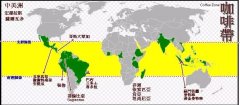
Arabica coffee is on the verge of extinction, fit and cherish!
It's hard to imagine what it would be like without this rich, bitter black liquid in a world that consumes 1.5 billion cups of coffee a day. But it is not impossible for such a world without coffee to become a reality. Scientists tell us that half of the arable land needed to produce coffee will disappear by 2050. Arabica, the most consumed coffee variety in the world, will be extinct in the wild by 2080.
- Next
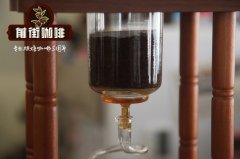
More than 600,000 mu of coffee grown in Lincang, Yunnan Province, the first Yunnan Fine Coffee Culture Festival is about to open.
Professional coffee knowledge exchange more coffee bean information Please follow the coffee workshop (official Wechat account cafe_style) in December, more than 600,000 mu of coffee in Lincang City, Yunnan Province has become red, and the first Yunnan Fine Coffee Culture Festival is about to kick off. The reporter learned from the organizers of the event that the first Yunnan Fine Coffee Culture Festival and the 4th Yunnan Coffee Cup China final (with
Related
- Why does hot American coffee taste bitter? Difference in proportional concentration between hot American and ice American
- Is espresso stored overnight in the refrigerator harmful to your body? Is frozen coffee better than freshly ground coffee?
- What parameters and proportions of water temperature should be used to grind and brew fresh coffee beans? Why can't I drink freshly roasted coffee right away?
- Customers have "changed" Manner's new products! Shop assistant: Please don't mess around!
- Remove sockets in customer areas at Starbucks stores?! Netizen: I won't go if I really tear it down
- What is the difference between the taste steps of sun-dried coffee and washed coffee? Why is sun-cured coffee sweeter and washed coffee sour?
- The recipe for salty grapefruit dirty is revealed! Coffee Festival salty grapefruit dirty coffee making materials parameters ratio milk share!
- How about the flavor of Sunlight 74158 at Sidamo Banshaha Mathieu Processing Factory in Ethiopia? 74158 Share the proportion of coffee brewing parameters!
- What effect does Italian American coffee with filter paper have? Will coffee taste better if it is put on filter paper at the bottom of the powder bowl?
- What is the color difference in coffee beans? What are the characteristics of honey processed coffee beans? Why are the anaerobically treated coffee beans uneven in color?

